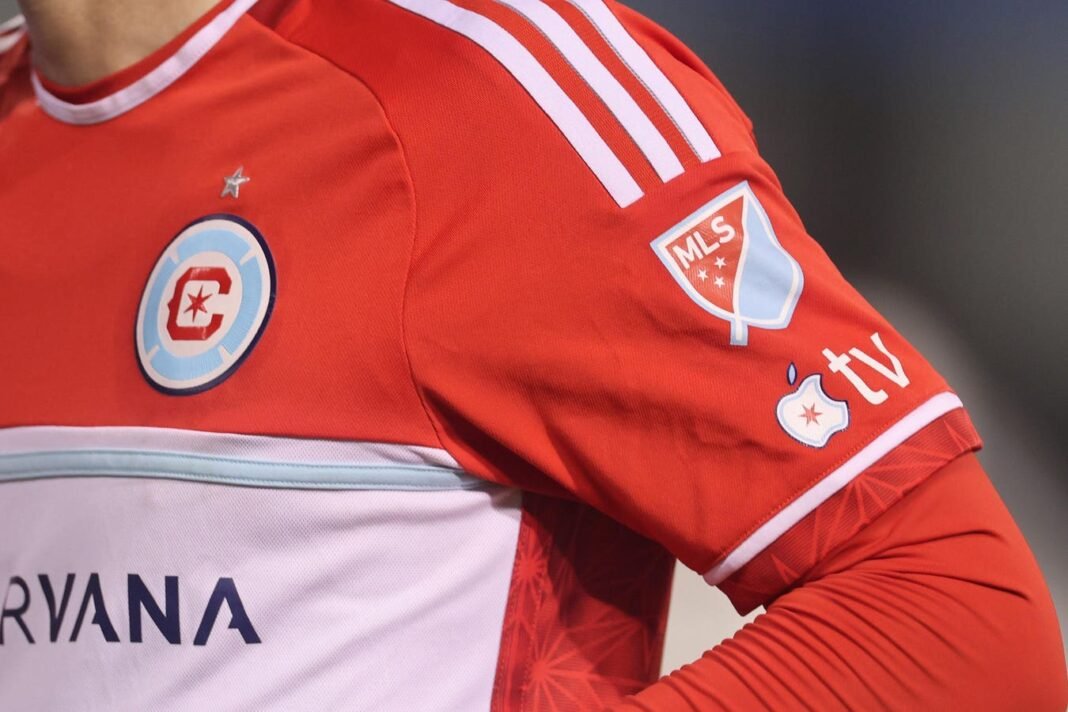Chicago Fire’s Vision: Transforming the MLS Stadium Scene
This week, the Chicago Fire made waves in the MLS world by announcing plans for a state-of-the-art, soccer-specific stadium. The project entails building a $650 million privately financed arena with seating for 22,000 spectators on a vacant site in downtown Chicago’s revitalization zone known as “The 78.” The team aims to open this new venue ahead of the 2028 MLS season kickoff.
This initiative represents Chicago Fire’s second major push to secure their own stadium. Their former home, SeatGeek stadium in Bridgeview-a suburb outside Chicago-faced challenges attracting fans due to its remote location from the city center. After acquiring ownership stakes in 2019, Joe Mansueto invested heavily to terminate that lease early and move back downtown temporarily to Soldier Field, primarily an NFL venue hosting the Chicago Bears.
Once operational, Mansueto’s new stadium will reduce MLS teams without dedicated venues under their control to just six.Among those is New York City FC, which is also developing its own facility slated for completion by 2027 in Queens.
Current Teams Without Dedicated Soccer Stadiums: A Closer Look
Here we explore these six remaining clubs and assess whether they might follow Chicago Fire’s example by pursuing exclusive soccer-specific arenas.
New England Revolution: progress Toward Autonomy?
The Revolution have long shared Gillette stadium with the NFL’s New England Patriots-both franchises owned by the Kraft family-functioning as secondary tenants since MLS began. Recently, momentum has grown around proposals for a smaller-scale soccer-specific stadium near Boston’s Everett neighborhood. While local officials including Mayor Michelle Wu have discussed these plans favorably, final approvals are still pending; thus Gillette remains their current home ground.
Vancouver Whitecaps: Navigating Uncertainty Amid Potential Changes
The Whitecaps share BC Place with Canadian Football League’s BC Lions but face uncertainty following last year’s public announcement about possible club sale rumors that sparked speculation about relocation among supporters and analysts alike. Conversations continue regarding constructing a dedicated soccer venue at Vancouver’s PNE Fairgrounds-the site where they temporarily played during BC Place renovations-but no firm commitments have been made yet.
Seattle Sounders: Managing Size Versus Atmosphere Challenges
The Sounders consistently rank among top U.S. teams for attendance while playing at lumen Field-a large NFL stadium seating nearly 69,000 primarily used by Seattle Seahawks football games-which can sometimes diminish matchday atmosphere due to size disparities common between American football and soccer crowds worldwide.
the club operates independently from Seahawks ownership and has explored options such as building their own permanent home near their training complex roughly ten miles southwest of downtown seattle in Renton; however no concrete timeline exists yet on these developments.
Atlanta United: Capitalizing on Shared Ownership Benefits
Sitting atop league attendance charts since launching in 2017 means Atlanta United enjoys financial advantages playing inside Mercedes-Benz Stadium alongside NFL tenant atlanta Falcons-all under owner Arthur Blank’s umbrella-removing immediate pressure or incentive toward separate facilities given shared revenue streams already favor them compared with other franchises reliant on secondary tenancy agreements elsewhere.
Charlotte FC: Emulating Atlanta Through Unified Ownership Model
A similar approach applies here where charlotte FC shares Bank of America Stadium with Carolina Panthers (NFL), both owned by David Tepper group interests. Ranking second only behind Atlanta united across multiple seasons’ average attendances shows how access to larger-capacity venues can be beneficial rather than restrictive when managed effectively within unified ownership structures without urgent need for independent infrastructure investment currently evident within Charlotte ranks either.
San Diego FC: Blending Autonomy With Shared Use Innovation
An emerging example is San Diego FC-the league’s newest franchise-which plays at Snapdragon Stadium designed specifically considering MLS needs despite not being primary tenant technically as San Diego State University football holds operational priority ther. with approximately 35,000 seats available (comparable or slightly above many purpose-built MLS arenas), it represents an innovative middle ground between full autonomy versus sharing arrangements common across North American sports today.
The Road Ahead For Soccer-Specific Venues In Major League Soccer
This growing trend toward exclusive control over home grounds reflects broader ambitions within Major League Soccer focused not only on elevating fan experience through customized environments but also maximizing commercial opportunities tied directly into venue management rights-the key motivators behind projects like Chicago Fire’s upcoming “The 78” development which could serve as an influential model moving forward among remaining clubs still operating under secondary tenancy nationwide amid surging league popularity surpassing historic milestones such as record-breaking average attendances exceeding 22,000 per game during recent seasons according to official data sources (MLS).





